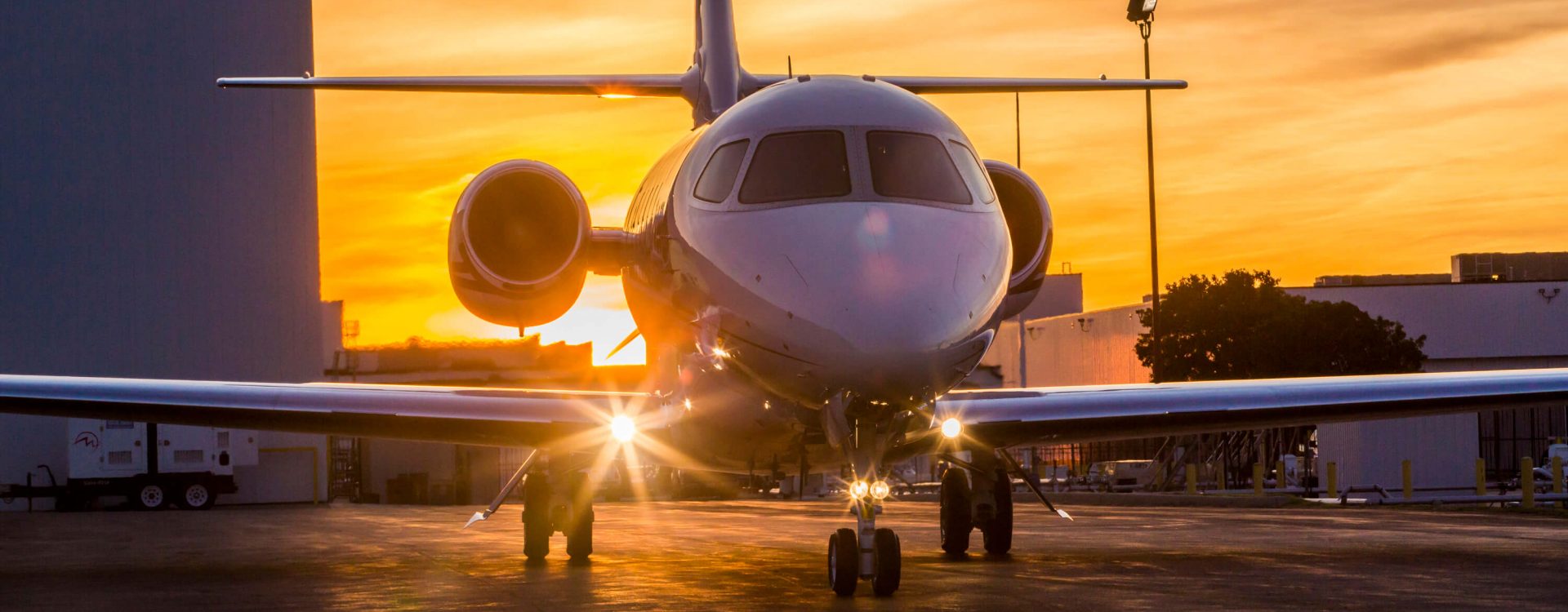Gulfstream Aerospace Corp first announced the G280 on Oct. 5, 2008, and its first flight took place on Dec. 11, 2009. The flight lasted 3 hours and 21 minutes and the aircraft flew to 32,000 feet or 9,754 meters. The G280 earned its type certificate from the U.S. Federal Aviation Administration (FAA) on Aug. 30, […]
The First Maiden Flight of the First Prototype of the B4
The company Firma Rheintalwerke G. Basten, from which the “B” in the original designation is derived, manufactured the first two prototypes. In 1972 Pilatus bought the manufacturing license for the B-4 and renamed it the B4-PC11. In the spring of the same year the first production example (numbered HB-1100) made its first flight. About 300 […]
Airline Deregulation Act of 1978
Post World War II, the then federal Civil Aviation Board (CAB) regulated all interstate flight routes, schedules, and fares. The Act allowed existing regulations from the CAB and state governments to be gradually eliminated, benefiting the airlines and consumers. New airlines entered the market with improved business models that offered new routes at competitive fares […]
The First Omnirange Airways
Before Global Positioning System (GPS), airplanes in the United States relied on VORs to fly and in poor weather pilots would navigate from one VOR to another. Each VOR is a small radio station that broadcasts on an assigned frequency. For instance, the Canarsie VOR near the JFK airport covers New York; the Robert’s VOR […]
Pilatus’ Announcement of the PC-24
The PC-24’s interior was enhanced with the goal of improving the overall passenger flight experience. The aircraft’s new integrated Cabin Management System (iCMS) featured a 10″ touch screen controller with 3D moving map, mood lighting, USB ports, four cabin speakers with a sub-woofer option, a media storage server, and a large side-facing divan that […]
Airspeed Record of Mach 6.72 (4,543 mph, 7,297 km/h) in a North American X-15
On October 3, 1967, a North American X-15 was dropped at 45,000 feet (13,716 meters) over Mud Lake, Nevada. Pilot William J. “Pete” Knight fired the rocket engine and began to climb and accelerate. The X-15A-2 climbed to 102,100 feet (31,120 meters) and Knight leveled off, still accelerating. After 140.7 seconds of engine burn, Knight […]
Wiley Post’s Succesfull Use of a Pressure Suit
First U.S. woman to earn a pilot certificate from the France-based Federation Aeronautique Internationale (FAI)
Born in Coldwater, Michigan, in 1875, Quimbly attended an international aviation meet at Belmont Park, New York, in October 1910. From then, Quimby quickly discovered a passion for flying, and on August 2, 1911, after four months and thirty-three lessons, she applied for and won her pilot’s license by performing two test flights. This made […]
Bombardier Announced that Its Challenger 350 Had Reached 300 Deliveries
The super mid-size aircraft, which was awarded steep approach certifications by international regulatory bodies including EASA, FAA and TC, accommodated up to 10 passengers, featured a fully-equipped galley, and unrestricted access to the baggage compartment at all flight levels. Under certain operating conditions, the Challenger 350 had the capability to connect from New York City to […]
The Civilian Pilot Training Act of 1939 Signed into Law
The Civilian Pilot Training Program (CPTP) was established as a civilian program, but its potential for national defense was undisguised. The government would pay for a 72-hour ground school course followed by 35 to 50 hours of flight instruction at facilities located near eleven colleges and universities. The CPTP proved successful, not only strengthening national […]

